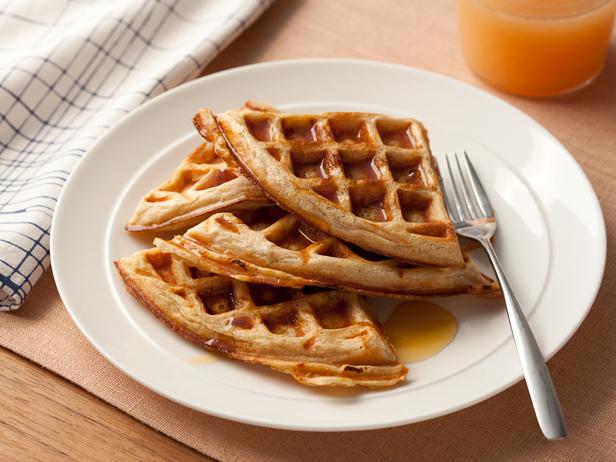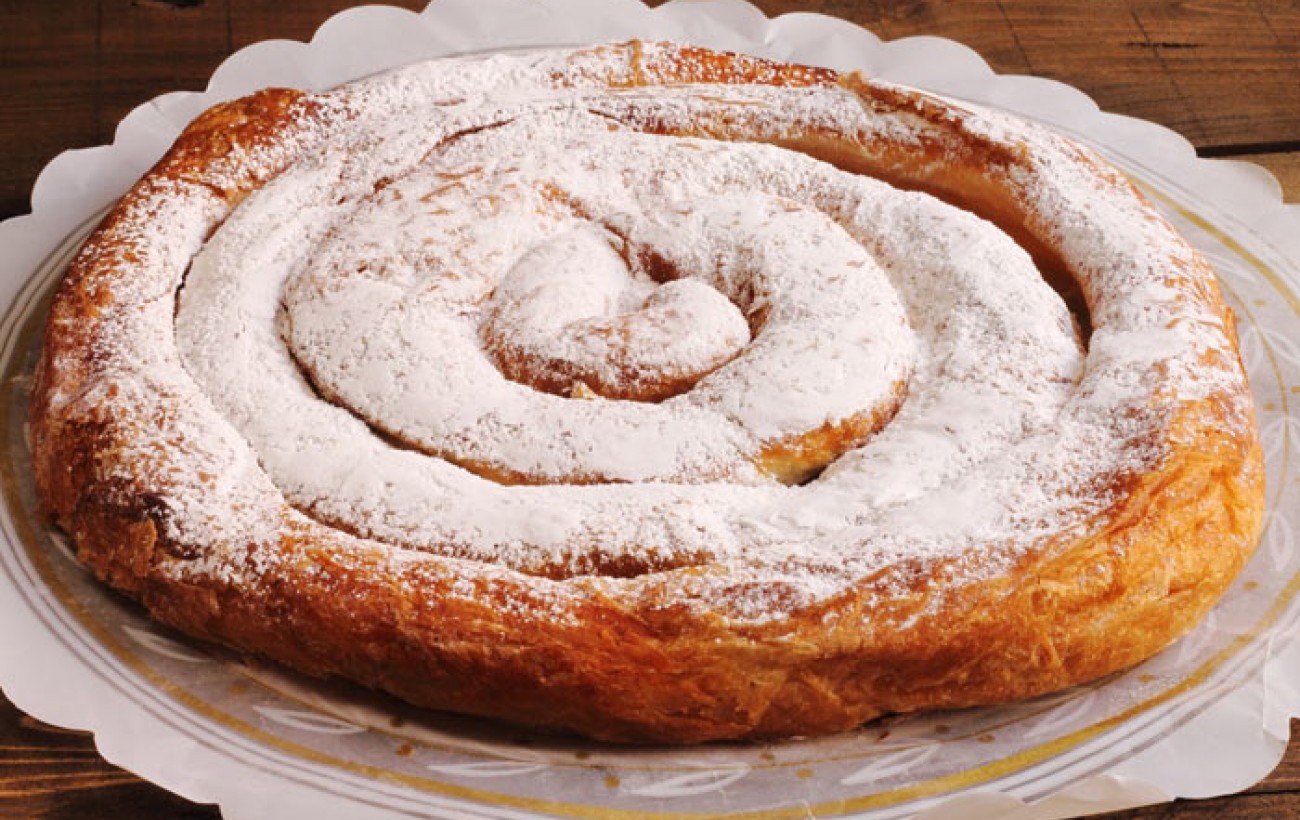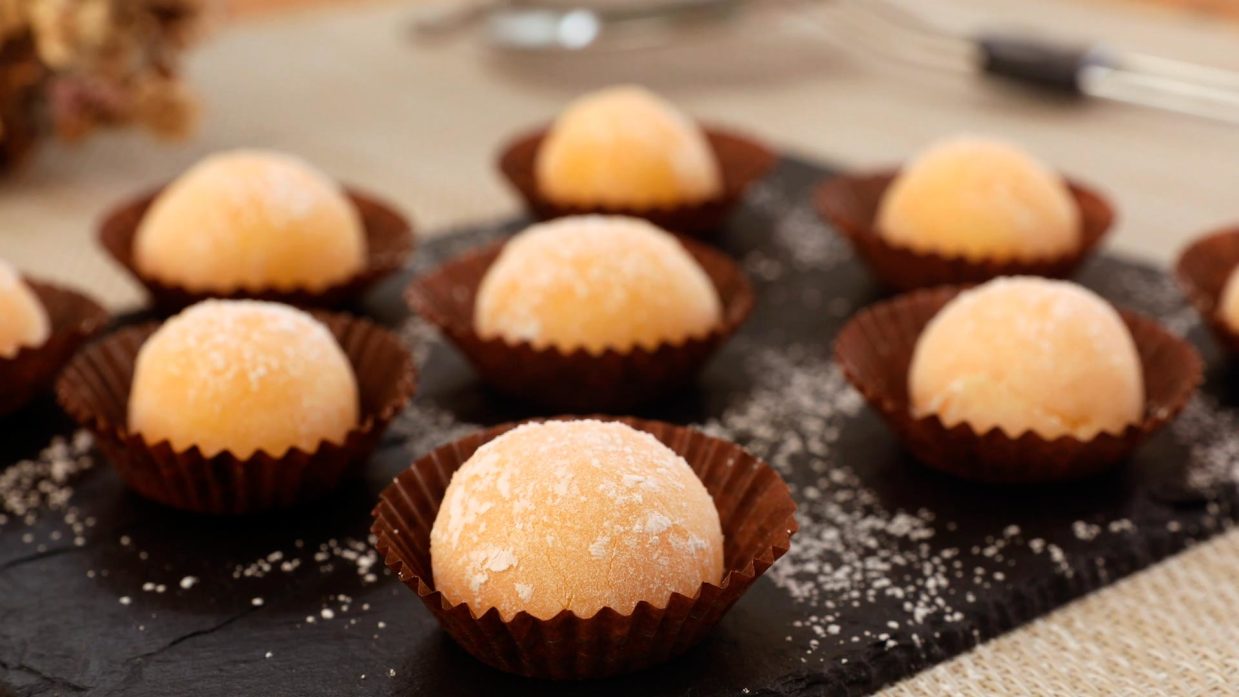Spanish cuisine is famous all over the world, not only for their delicious traditional dishes but also for the sweet delicacies. In fact, throughout the Spanish territory, we can find exquisite pastries exquisite with different
Spanish cuisine is famous all over the world, not only for their delicious traditional dishes but also for the sweet delicacies. In fact, throughout the Spanish territory, we can find exquisite pastries exquisite with different desserts and treats, some typical of autonomous communities and others more widespread throughout Spain.
However, we want to go beyond the sweets eaten in Spain. There are also many imported ones such as croissants. Here are some of the Spanish delicacies you may try:
1) The Waffles of Madrid
The waffle is one of the most famous sweets in Spain. These are sweets made from a thin sheet of pasta made with flour and sweetened with sugar or honey, and usually cinnamon. It is also essential to know that the waffle must be crispy and sold in the shape of a crushed triangle.

2) Corbatas of Unquera, Cantabria
The Corbatas is a very famous candy from Cantabria that, according to legend, was created from a surplus of puff pastry with which a confectioner would make. These candies are covered with sugar and almonds, in the shape of a tie.
You only need puff pastry, almonds, powdered sugar, and lemon juice to make them. Once the puff pastry is made, the most complicated step comes: getting it in the shape of a tie. Once it’s ready, all you have to do is glaze it, add the almond, and you’re done!
3) The Muscovites of Oviedo
One of the most delicious sweets in Spain is the Muscovites, originally from Oviedo, and whose history goes back to 1926. Since then they are still famous, most people who try them wonder where their name comes from or what their secret ingredient is.
It’s a recipe from the Rialto Confectionery, located on the main street of the city of Oviedo, and they describe it as “fine marcona almond paste and milk chocolate cover”. So the main ingredients are wheat, almonds, chocolate and sugar.
4) The Catalan Panellets
The panellets are typical delicacies from Catalonia, Valencia, Aragon, and the Balearic Islands. They are taken at certain times of the year, especially on the eve of All Saints’ Day and the Day of the Dead, November 1 and 2. Its origins go back to the 18th century.
This candy has no complicated preparation and is made with a marzipan base, i.e. only almond and sugar, to which you can add boiled potato or sweet potato and even a little grated coconut, in addition to the pine nuts with dough.
/panellets-d4328f2c432b471c9dab64168d0b26dc.jpg)
5) Ensaimadas of Majorca
Mallorca has amazing places to visit and also stands out for its gastronomy, especially for a sweet one: the ensaimada. This cake has a long history since it dates back to the seventeenth century.
There are two types, the “smooth” ensaimada, the original, and the one called “angel hair”. In the original recipe, it is made with flour, yeast, beaten egg, sugar, and salt. The star ingredient once the dough is made is butter, which must be spread over the entire layer that later takes on that shell shape.

6) The Pumpkin Fritters of Valencia
The pumpkin fritters are another of those famous sweet and taken explicitly in autumn, which coincides with the feast of All Saints. This delicacy dates back to the 16th century, and it is known that the dessert was the favorite of the Arabs who were in Granada at that time. Later they were made in Valencia, and from there it spread throughout the territory because of the ease and simplicity of the recipe. It is also very economical since it is made with the products of the country (pumpkin and wheat) and is nutritious.

Have you ever tried any of these sweet treats? Please share your thoughts with us in the comments below!

